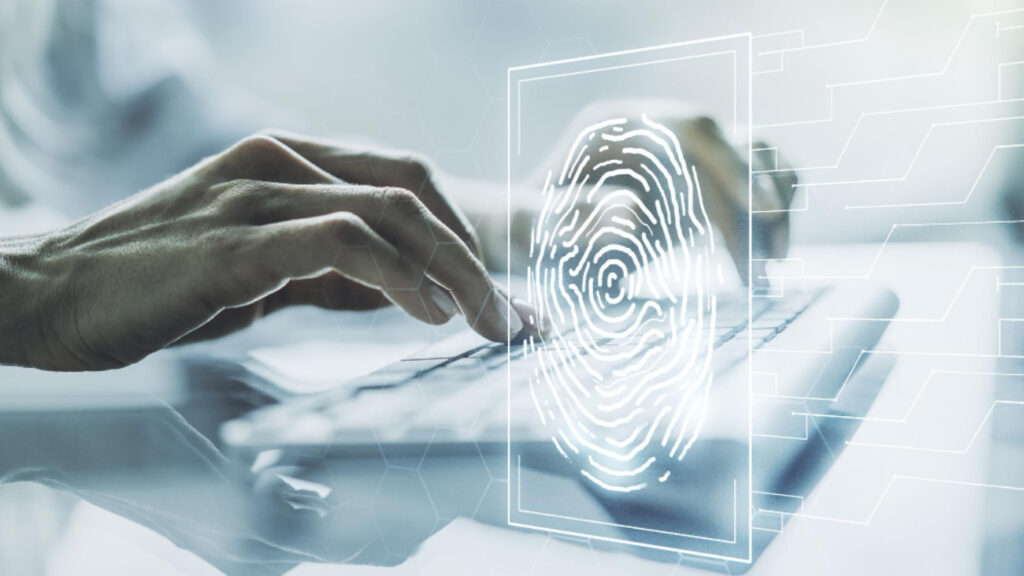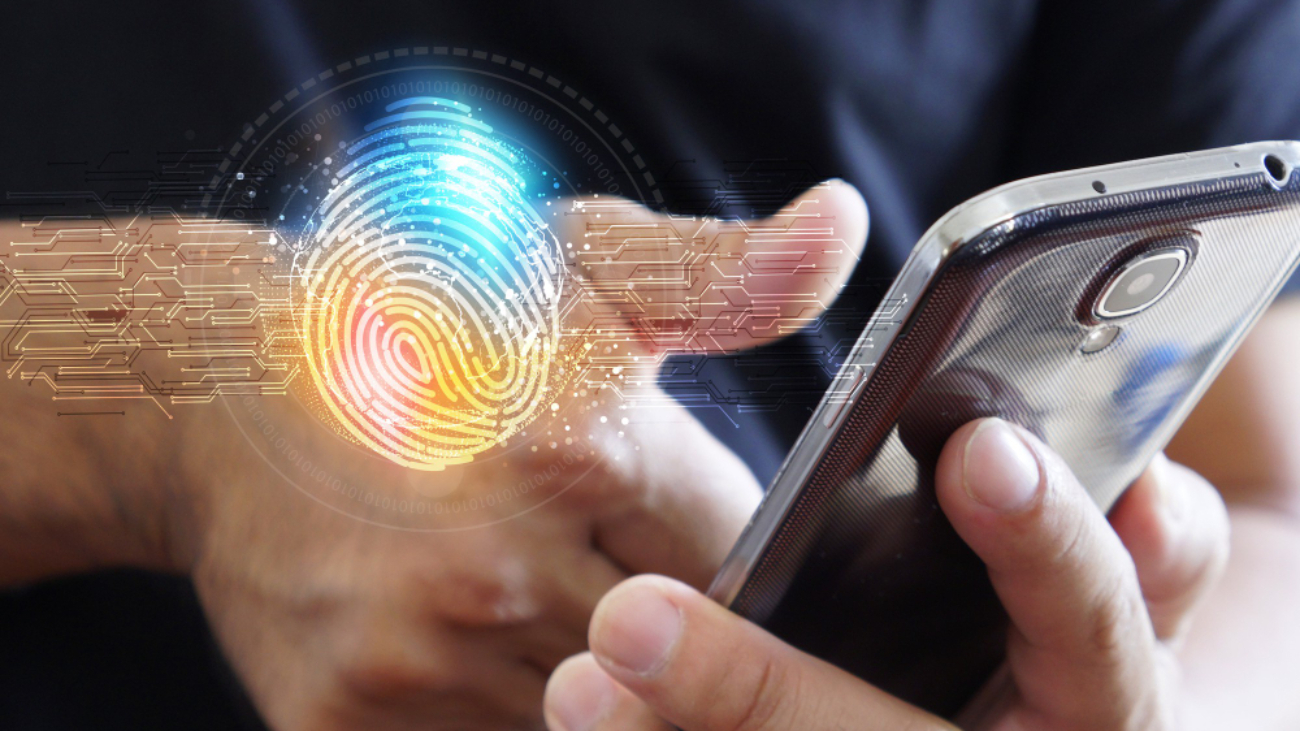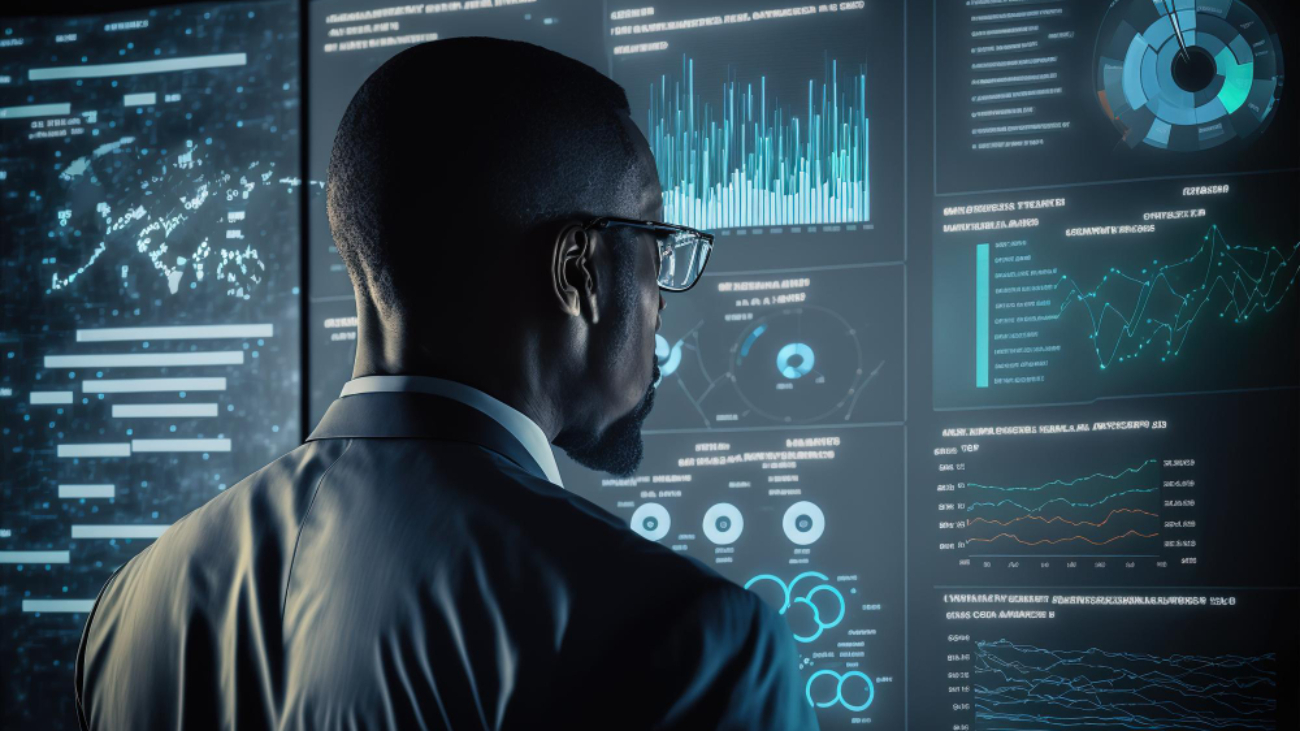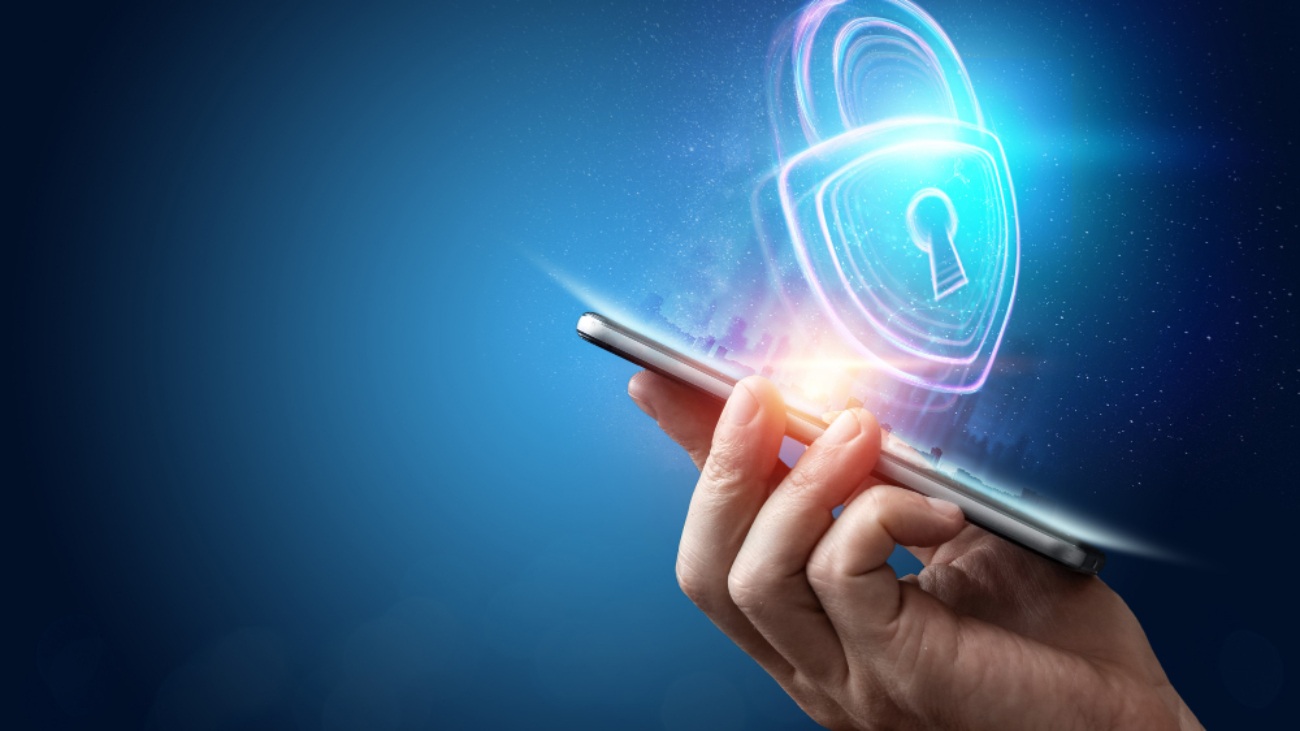Multi-Factor Authentication (MFA) has today become a norm ensuring secure authentication was noted by Bahaa Abdul Hadi. Using more than one factor for authenticating your identity make the process highly secure. We are today moving towards a system that involves digital identity management. In such a system, MFA has a key role to play. We look at how MFA evolved and how it is used in digital identity management.
Evolution of MFA
MFA was earlier known as 2FA since it involved the use of only two factors for authentication. It is believed that AT&T was the first to start 2FA in the 1990s. However, its use became predominant from 2000 onwards. While large companies used two factors for authentication, the general public was not ready to accept that apart from a password another factor of authentication was needed.
It was the smartphone boom that accelerated MFA. In the mid 2000s a large majority of people began to use their smartphones instead of computers. It became easy and convenient to receive OTPs on the mobile phone and use it as a second factor for authentication along with passwords.
Towards the end of the 2000 decade, instances of cyber security breaches increased. People began to realize that the internet was not such a safe place. The awareness of security risks increased and people started worrying about the safety of their transactions and data. That was the right time for MFA to be introduced. Different authentication factors were introduced with biometrics becoming the most popular factor.
Biometrics in MFA
Technological advances in mobile phones supported the use of biometrics for authentication. Mobile phones came with cameras for facial recognition. They also had scanners to read fingerprints. Biometrics was easier to implement. Since biometric factors are unique and cannot be replicated, they are the best methods for authentication. The technology of liveness detection has ensured that spoofing risks are eliminated, making biometrics the most secure authentication method.
MFA and Digital identity
Digital identity management has been made easy by biometrics. A person’s digital identity can be established by using multiple biometric factors like fingerprint, iris scan, facial scan, voice, etc. These technologies are user-friendly since users don’t have to worry about remembering passwords or wait for OTPs.
Digital identity management using biometrics is all the more important when used in financial services. It is also being used in e-governance (eg: Citizen identification through Aadhar in India). While there are challenges, there is no doubt that MFA is the best way to ensure flawless digital identity management.
Thank you for your interest in Bahaa Abdul Hadi Blogs. For more information, please visit www.bahaaabdulhadi.com







